When you want to see real-life tapirs, gibbons, hornbills and slow loris, you usually have to go on rather expensive tours to Taman Negara, Pahang or the wilds of Sabah and Sarawak. What if these can all be found in a small forest right in the Klang Valley? On the doorstep of Shah Alam?
But how will you feel if someone tells you that the authorities plan to chop down most of this natural haven? Even worse, what if this was happening under a Pakatan Harapan state government that claims to “protect” the environment?
This little place, called the Shah Alam Community Forest or SACF, is just 162 hectares but it's packed with lots of wildlife. I wrote before about how this shakes my faith in Harapan and raises doubts about whether certain “donations” may have influenced decisions.
'Azmin cartel' suspicions
It doesn’t inspire confidence that Selangor Menteri Besar Amirudin Shari, who was once part of the ‘Azmin Ali cartel’ in PKR, tried to secretly push through the “development” of another forest reserve at Kuala Langat. And that the project was handed over, in Umno-style, to a RM1 company.
It was only after much public pressure, that the Kuala Langat forest was saved. However, SACF is still in danger. The “celebrities” here include the Dusky Langur or Dusky Leaf Monkey, the White-Handed Gibbon and the Slow Loris. These primates provide both visual and audio attractions to visitors.
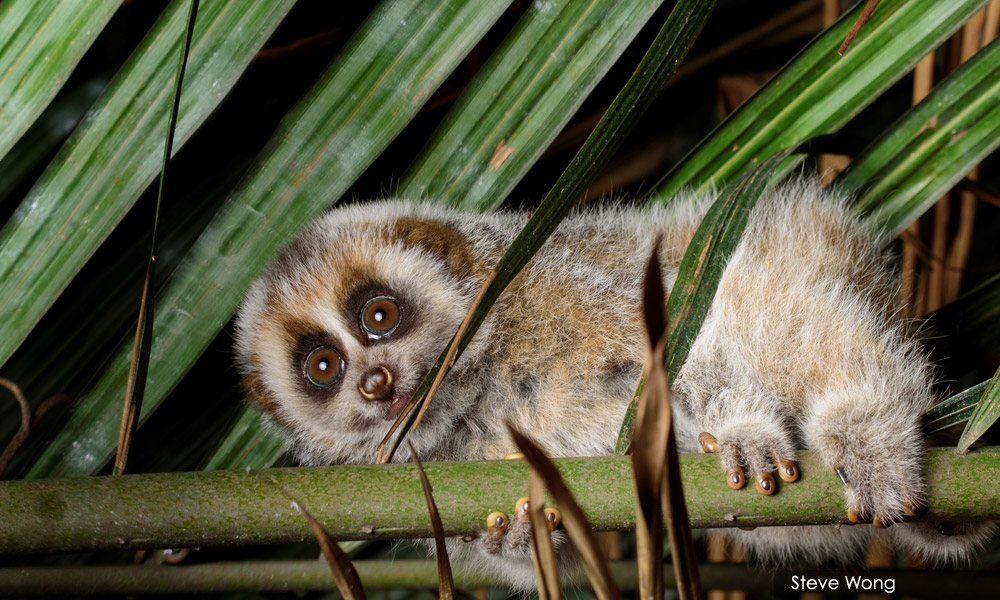
The langurs look as if they are wearing cute white spectacles against their grey fur. As for the gibbons, their trademark melodious hooting graces the forest and can be heard by hikers. And then there is the Slow Loris, whose innocent stare is often picked out by powerful torch lights during night walks.
Other “stars” of SACF are harder to spot, but they have been photographed by automatic camera “traps”. These include the adorable Malayan Tapir, the stealthy Leopard Cat, the Large Indian Civet and our dear little Sang Kancil or mousedeer.
The camera trapping was part of several biodiversity surveys of mammals, birds, frogs/reptiles, butterflies and plant life. All this was commissioned by the non-profit SACF Society with funding from the UNDP GEF-SGP (Global Environment Facility - Small Grants Programme).
It’s remarkable how so much wildlife is packed into this little forest, a legacy of years past when SACF was part of a much larger Bukit Cherakah Forest Reserve (BCFR). However, since then “development” has been steadily chipping away at it.
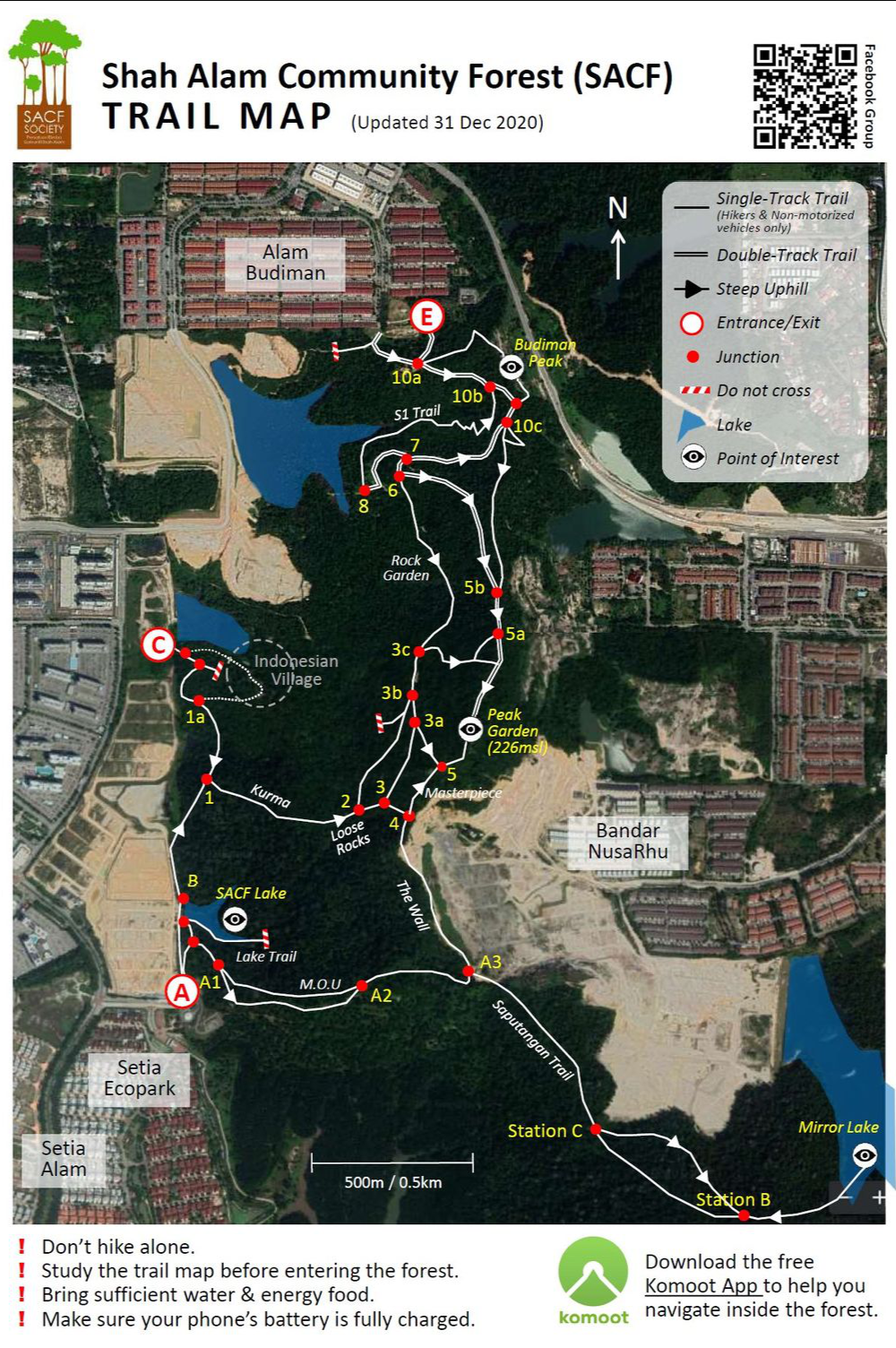
The Umno-led Selangor state government then, under menteri besar Mohamad Khir Toyo, had given out large swaths of forest land to four “friendly” companies, which had some “directors” who were not even adults!
But the more important question is, why haven’t the so-called “good guys” (Pakatan Rakyat, which first took over Selangor in 2008, before morphing into Harapan) taken steps to save the 162ha of forest that remains here? Moreover, the area is still legally believed to be a forest reserve, as degazettement was not properly done.
Apart from wildlife, this hilly place is also very popular with hikers, and it plays the role of a Bukit Gasing or Bukit Kiara for the folks of Shah Alam and flat coastal Klang. Instead, the state government wants to turn part of SACF into “elite eco villas” and - get ready for this - a graveyard!
Crucial wildlife bridge
Naturalist Dr Rosli Omar points out that SACF is just a tiny pocket of forest surrounded by various housing areas (including Setia Alam). It serves as a crucial, yet precarious, forest corridor that allows wildlife to move between other existing forests.
“If wildlife cannot move, this will lead to inbreeding and limiting of their genetic pool. This will result in their likely demise,” he explains.
The Malayan Tapir, with its white patches on a black body, is one of our wildlife icons. Indeed, it’s our version of China’s panda bear, yet has received much less love.
But the fragile forest links endanger them. More than 10 tapirs have become roadkill on the Persiaran Mokhtar Dahari highway, laments SACF Society founder Alicia Teoh, as these gentle creatures try to cross between SACF and BCFR (to its north).
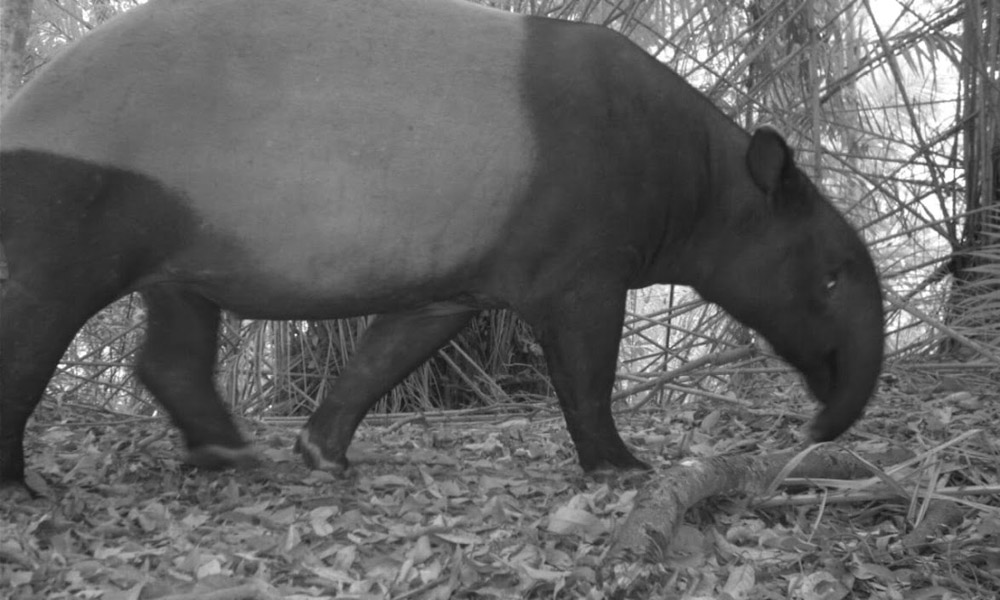
This writer remembers having to travel all the way to Taman Negara, Pahang, to see tapirs. As for the slow loris, I had to undertake a long plane and 4WD journey to the Danum Valley of Sabah to see one. Yet both of these natural attractions are found at SACF, right in the Klang Valley, where I and eight million other people live.
Abundant birdlife
A team of naturalists led by Mike Chong did a survey for only 10 days in late 2020 but managed to record an impressive 106 species of birds. Compare this to the huge virgin jungles of Taman Negara where 350 bird species are normally observed, and one can appreciate how sumptuous is the wealth of birdlife in SACF, he added.
Both Black and Oriental Pied Hornbills have been seen here.
“While these are the smaller hornbill species, it shows that SACF can still support these birds which require large trees for nesting,” explains Chong.
While Taman Negara is a 3 or 4-hour drive from Kuala Lumpur, SACF is a mere half-hour away. Dr Teckwyn Lim, a forest researcher from the University of Nottingham Malaysia, adds, “SACF is more valuable than Taman Negara in terms of its recreational value because it is more accessible and thus appreciated by more people.”
Plants, insects and frogs
A botanical survey commissioned by SACF Society also found a whopping 350 species of plants, including seven species of large timber trees (Dipterocarps). A few species of trees from the nutmeg family produce fruits that hornbills love.
In addition, 26 species of freshwater fish have been found in the seven lakes of the area, notes zoologist Dr Dionysius Sharma.
Another survey of butterflies by Dr Rosli found 94 species from six families. 45 of the butterfly species are found only in forests, such as the White Imperial, Purple-streaked Catseye and Banded Yeoman.
“This shows that SACF is a healthy forest. If it is allowed to regenerate to a primary forest, the list will be even better,” explains Dr Rosli.
Apart from being beautiful, about 75 percent of our food comes from plants pollinated by birds and insects. With the loss of forest habitats, many birds and insects will disappear,” he adds.
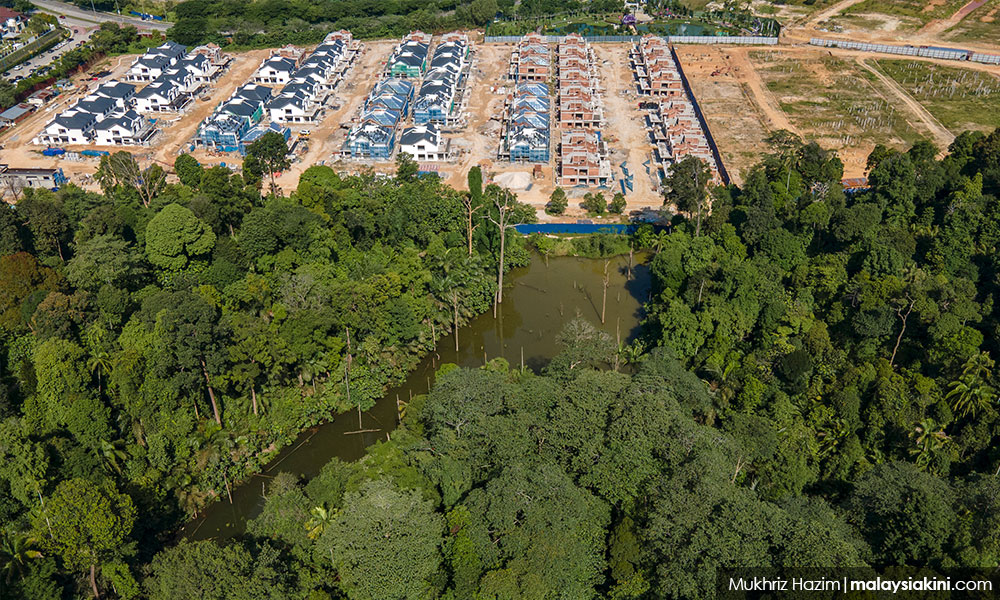
Herpetologist Steve Wong points out that SACF has better biodiversity in terms of frogs, reptiles, insects and mammals than more famous urban forests such as Bukit Gasing. All in, some 21 species of amphibians and 32 of reptiles have been recorded here.
No politician would ever think of chopping down, say Bukit Kiara, because it would spark public uproar. But unfortunately SACF is further away from KL and less well known. And it has not managed to generate a huge campaign to save it, unlike the Kuala Langat Forest Reserve.
Yet, this tiny forest of just 162 hectares in size contains such a wealth of natural treasures, from headline grabbers such as tapirs, gibbons and hornbills to equally valuable butterflies, frogs, reptiles and the trees themselves.
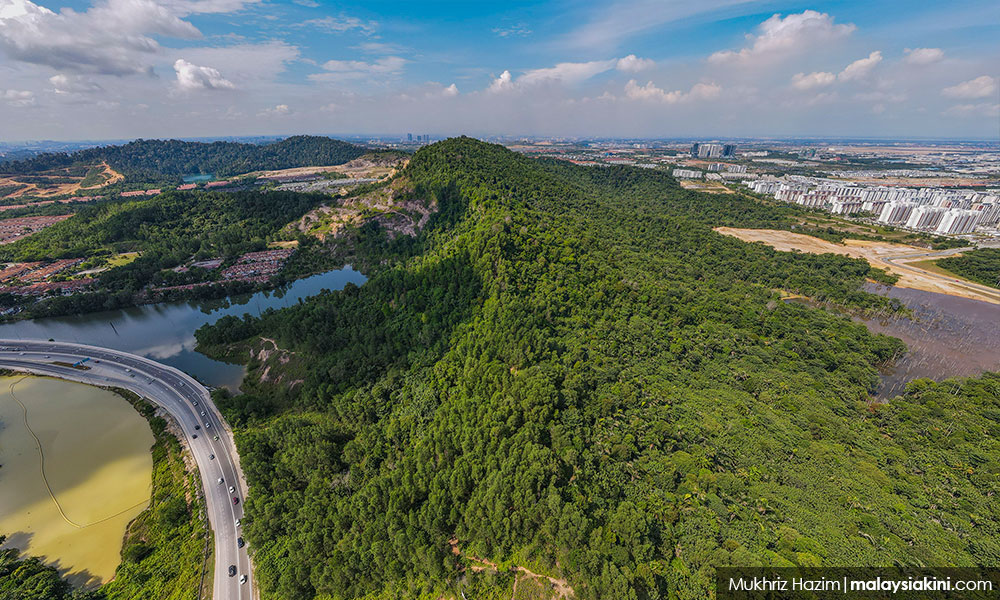
SACF lies right in the Klang Valley and is easily accessible to eight million Malaysians. It’s already popular with hikers, and has huge potential for environmental education and ecotourism. Finally, we will have an urban forest far better than anything Singapore has!
Will the Selangor Harapan government do the right thing and save this place? Can it live up to its name to give us “harapan” or "hope" for a better environment? - Mkini
For more info, see the SACF Facebook page. You can watch a video about SACF here.
ANDREW SIA is a veteran journalist who likes teh tarik khau kurang manis. You are welcome to give him ideas to brew at tehtarik@gmail.com.
The views expressed here are those of the author/contributor and do not necessarily represent the views of MMKtT.



No comments:
Post a Comment
Note: Only a member of this blog may post a comment.